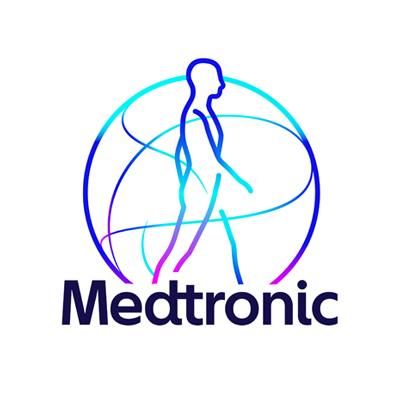The physiologic interplay between heart and kidney is best understood in the context of heart failure (HF). Two-thirds of HF patients suffer from cardiorenal syndrome (CRS) - heart failure with renal insufficiency wherein both organs contribute to their reciprocal decline. Four peptides are released from an atrial natriuretic prohormone in response to atrial-ventricular wall stress in HF. One in particular, a well characterized 28 a.a cyclic peptide from the C-terminus termed ANP elicits systemic vasodilation via cGMP release and was developed as Natrecor® to treat acute HF. Limited preclinical data exists regarding the remaining three N-terminal peptides although all three have been explored for clinical utility in a limited series of Phase 1 and 2a clinical trials in the U.S. and in Australia. We have examined a 37 a.a. linear peptide, mid-sequence in the prohormone termed proANP 31-67 (MP3167) to better understand its role in CRS. MP3167 is unique among the four as it has the longest half-life of all in humans (1-1/2 hours vs. minutes), is highly acidic (pI=3.2; -5 net charge), appears resistant to degradation by neprilysin and has been reported to act through PGE2 although the tissue source in humans is unknown. We show for the first time that MP3167 elicits a 3-fold increase in PGE2 release over basal levels predominantly in
human renal medullary tissue
(from 2401 ± 97.2 to 8437 ± 62.9 pg/ml, N=3, p<0.001). The positive control, beta hydroxyl butyric acid (BOH) also increased PGe2 (from 2401 ± 97.2 to 7749 ±120 pg/ml, N=3, p<0.01). In
3D cultured cells isolated from digested tissue
, we also observed an increase in MP3167 stimulated PGE2 (From 41.1 ± 1.3 to 62.9 ± 3.19 pg/ml, N=3, p<0.05). The PGE2 signal co-localizes with cells stained by L1-CAM antibody implicating collecting tubules/ducts at the cortical-medullary interface. As the receptor and second messenger pathway for MP3167 is unknown, we have isolated L1-CAM positive cells and created immortalized cell lines of human origin. Initial findings reiterate MP3167 stimulated PGE2 release, reaching a maximum by ~10 min. These human studies will enable better understanding of MP3167 as a regulator of renal function and the paracrine actions of PGE2 in rebalancing heart and renal function in CRS associated HF.







